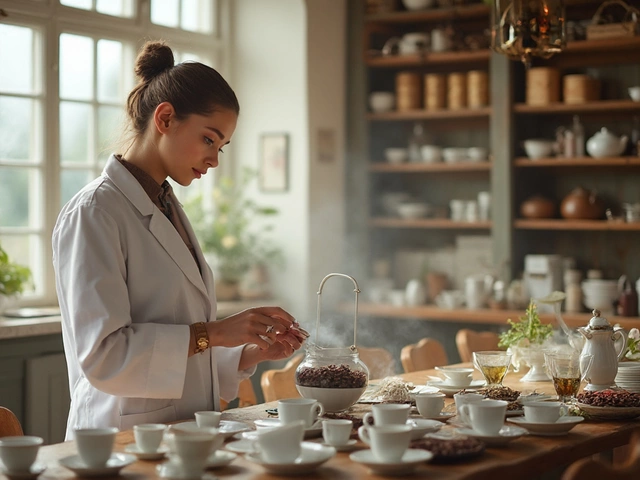Rum: Quick Guide to Types, Tasting and Cocktails
If you’ve ever wondered what makes rum so popular, you’re in the right place. This guide breaks down the basics without the jargon, so you can pick a bottle, taste it right, and mix a solid drink in minutes.
Rum started as a Caribbean sugar‑cane spirit in the 1600s. Sailors carried it on long voyages, and it quickly became a staple in ports around the world. Today you’ll find it everywhere, from cheap mixers to premium bottles that cost more than a weekend getaway.
What’s the Difference Between Light, Dark and Aged Rum?
Light (or white) rum is filtered to remove most color. It’s crisp, mild, and perfect for cocktails where you don’t want the spirit to dominate – think classic mojitos or daiquiris. Dark rum spends time in charred barrels, picking up caramel, vanilla and a touch of spice. Use it in drinks that need depth, like a rum old‑fashioned or a hearty punch.
Aged rum, often labeled as “rum extra‑aged” or “single‑cask,” sits in oak barrels for several years. It develops flavors you’ll recognize in fine whisky – dried fruit, oak, even a whisper of smoke. Sip it neat, on the rocks, or let it shine in a simple highball.
Best Ways to Enjoy Rum at Home
Start with a tasting routine: look at the color, give it a gentle swirl, sniff for aromatics, then sip slowly. Notice the initial sweetness, then the finish. If you’re new, keep a notepad – jotting down what you like helps you pick future bottles.
For a quick cocktail, combine 2 oz of light rum, 1 oz fresh lime juice, ½ oz simple syrup, and top with club soda. Stir, add ice, and you’ve got a refreshing highball ready in under a minute.
Want something richer? Mix 1 oz dark rum, ¾ oz orange liqueur, ¼ oz grenadine, and a splash of pineapple juice. Shake with ice and strain into a chilled glass. The dark rum’s caramel notes balance the fruit, creating a tasty after‑dinner drink.
If you enjoy sipping, try pouring an ounce of aged rum over a large ice cube. Add a thin orange peel for a hint of citrus. The ice slows the burn, letting you appreciate the complex flavors for longer.
Store rum in a cool, dark place, away from direct sunlight. Unlike wine, it doesn’t need a cellar, but a stable temperature avoids unwanted flavor changes. Keep the bottle sealed tightly; a few seconds of air won’t hurt, but long‑term exposure can mute the aromas.
Finally, experiment. Rum is versatile, so don’t be afraid to swap it into recipes you already love – a rum‑infused coffee, a spiced rum glaze for grilled pork, or even a rum‑flavored ice cream. The more you play, the better you’ll understand what styles suit your palate.
Now you’ve got the basics, the tasting steps, and a few go‑to drinks. Grab a bottle, give it a try, and enjoy the world of rum without over‑complicating things.
There's no single best tasting spirit-taste is personal. Discover how whiskey, rum, tequila, brandy, and vodka each offer unique flavors, and learn how to find what truly suits your palate.
View DetailsCraving a drink that actually tastes good? This article jumps into what makes alcohol flavorful, which spirits top the taste charts, and practical ways to find your personal favorite. Using real examples and easy tips, this guide is all about enjoying the good stuff without second-guessing your choices. Explore how taste works and what to sip whether you're into smooth whiskey, bold rum, or something sweet. No fluff—just real talk and helpful info.
View Details


